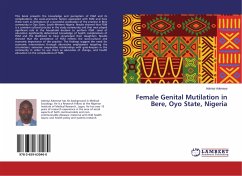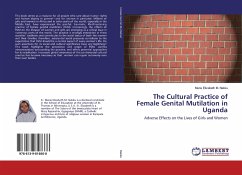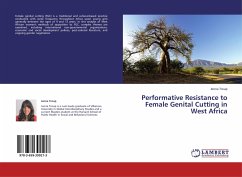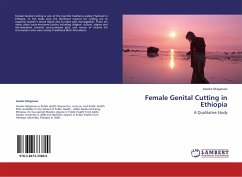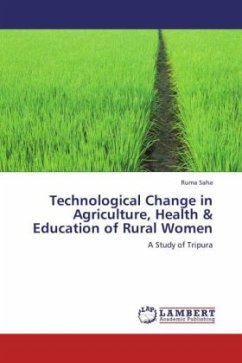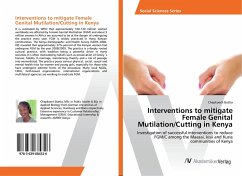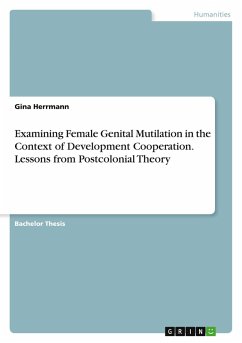
Knowledge & Practice of Female Genital Cuttings Among Women in Nigeria
Prevalence and Practice of Female Genital Cuttings
Versandkostenfrei!
Versandfertig in 6-10 Tagen
39,99 €
inkl. MwSt.

PAYBACK Punkte
20 °P sammeln!
According to World Health Organisation, (WHO, 2010) it was estimated that more than 135 million women and girls worldwide are currently living with the consequences of female circumcision, while in Africa an estimation of 92 million girls and women have already undergone female genital cuttings. Nearly 3 million girls across Africa continent are at risk of Female Genital Cuttings annually. (PRB, 2010) Female genital cuttings are traditional practice that involves cutting or altering the female genitalia as a rite of passage or for other socio-cultural reasons. While some research indicates tha...
According to World Health Organisation, (WHO, 2010) it was estimated that more than 135 million women and girls worldwide are currently living with the consequences of female circumcision, while in Africa an estimation of 92 million girls and women have already undergone female genital cuttings. Nearly 3 million girls across Africa continent are at risk of Female Genital Cuttings annually. (PRB, 2010) Female genital cuttings are traditional practice that involves cutting or altering the female genitalia as a rite of passage or for other socio-cultural reasons. While some research indicates that many women who undergo female genital cuttings do not have health problems as a result of the procedure, for others, the practice can have serious health consequences. Female genital cuttings practice subjects females to irreversible lifelong health risks and lifethreatening implications, therefore regarded as a fundamental violation of human rights (UNICEF, 2005)



